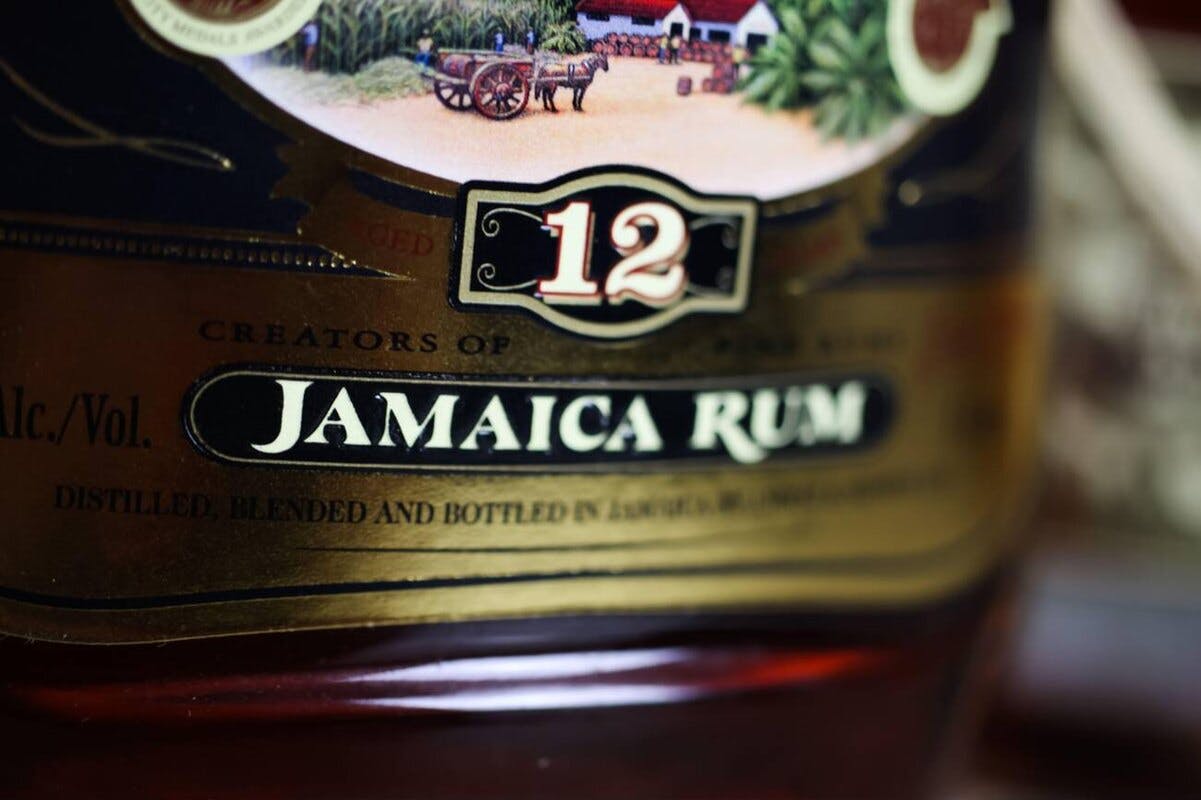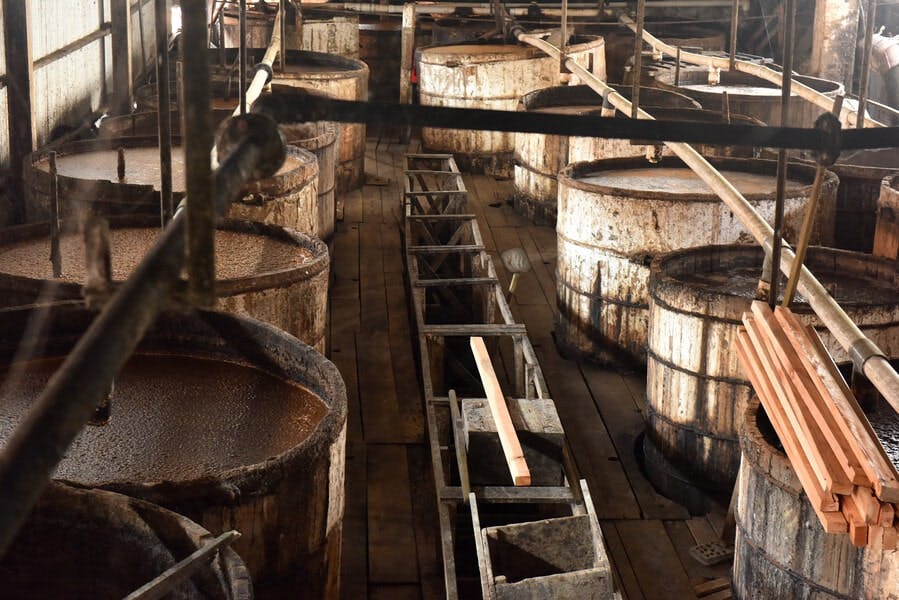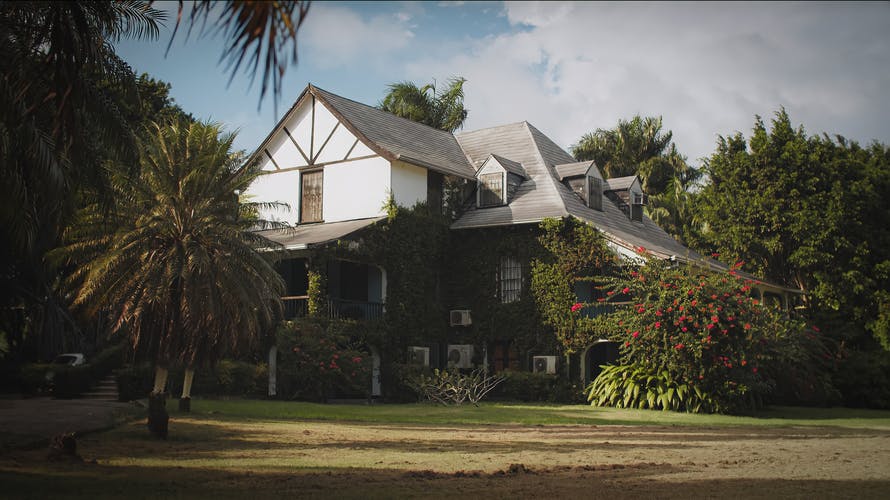
The history of Jamaican rum began in the 17th century when sugarcane cultivation took hold on the island under the influence of British colonists. After the English conquest in 1655, plantations multiplied, radically transforming Jamaica's economic landscape. Soon, the molasses from sugar processing found a new purpose through distillation, giving rise to a rum with an intense and unique profile.

A Style Shaped by Time and Tradition
Unlike the lighter rums produced elsewhere in the Caribbean, Jamaican rum owes its identity to unique production methods that make it a spirit unlike any other.
Long fermentations, which can last several weeks, often take place in wooden vats where indigenous yeasts thrive. This method, combined with the frequent use of traditional pot stills, promotes the development of powerful, fruity aromas characteristic of the island's production. These highly aromatic rums, known as "high esters," can exceed 1,600 grams of esters per hectoliter, compared to 50 to 150 for lighter versions.

The secret of certain distilleries, such as Hampden Estate and Long Pond, also lies in the use of dunder pits, fermentation pits where residues from previous distillations provide incomparable aromatic complexity. This ancestral technique contributes to the creation of the distinct flavors brought about by the long fermentations, which are a defining feature of Jamaican distilleries and a key reference for enthusiasts of characterful rums.
Iconic Houses That Uphold Tradition
While Jamaica once had hundreds of distilleries in the 19th century, only a few have survived through the centuries by remaining true to their heritage. Appleton Estate, founded in 1749 in the Nassau Valley, remains one of the oldest continuously operating distilleries in the world. Hampden Estate has been perpetuating the art of high-ester rums since 1753. Today, Worthy Park, Clarendon (Monymusk), New Yarmouth, and Long Pond continue to produce exceptional rums recognized worldwide.

An Influence Far Beyond the Caribbean
Beginning in the 19th century, Jamaican rums were included in British blends and captivated European spirits enthusiasts. Their powerful, character-filled flavors helped enhance the aromatic profile of these blends. The Royal Navy itself adopted Jamaican rum for its daily ration, contributing to its international reputation. Its popularity accelerated further with Prohibition in the United States and the rise of tropical cocktails. Bartenders rediscovered these powerful rums and made them staples of mixology.
Today, Jamaican rum is experiencing a true renaissance. Distilleries are adapting to the expectations of a demanding public while staying true to their DNA. From exclusive bottlings to sophisticated aging techniques (using whisky, cognac, or Port casks, etc.), they are exploring new expressions without ever abandoning the identity that makes them so strong.
TO DISCOVER RUM FURTHER
La Maison du Whisky has three boutiques in Paris :
In each of these boutiques, you'll find a wide selection of whiskies, rums, sakes, and other fine spirits.
Follow our tasting calendar for upcoming events, or visit the Golden Promise Whisky Bar, which offers an extensive selection of whiskies and other spirits by the glass.
You can also discover other articles on other spirits.